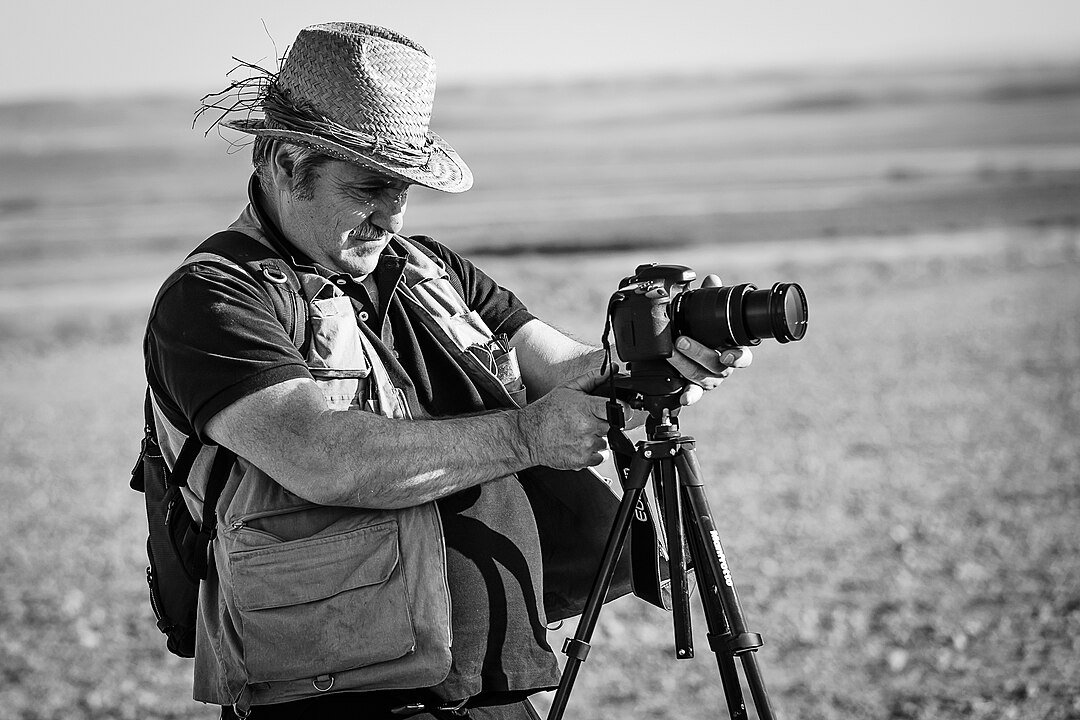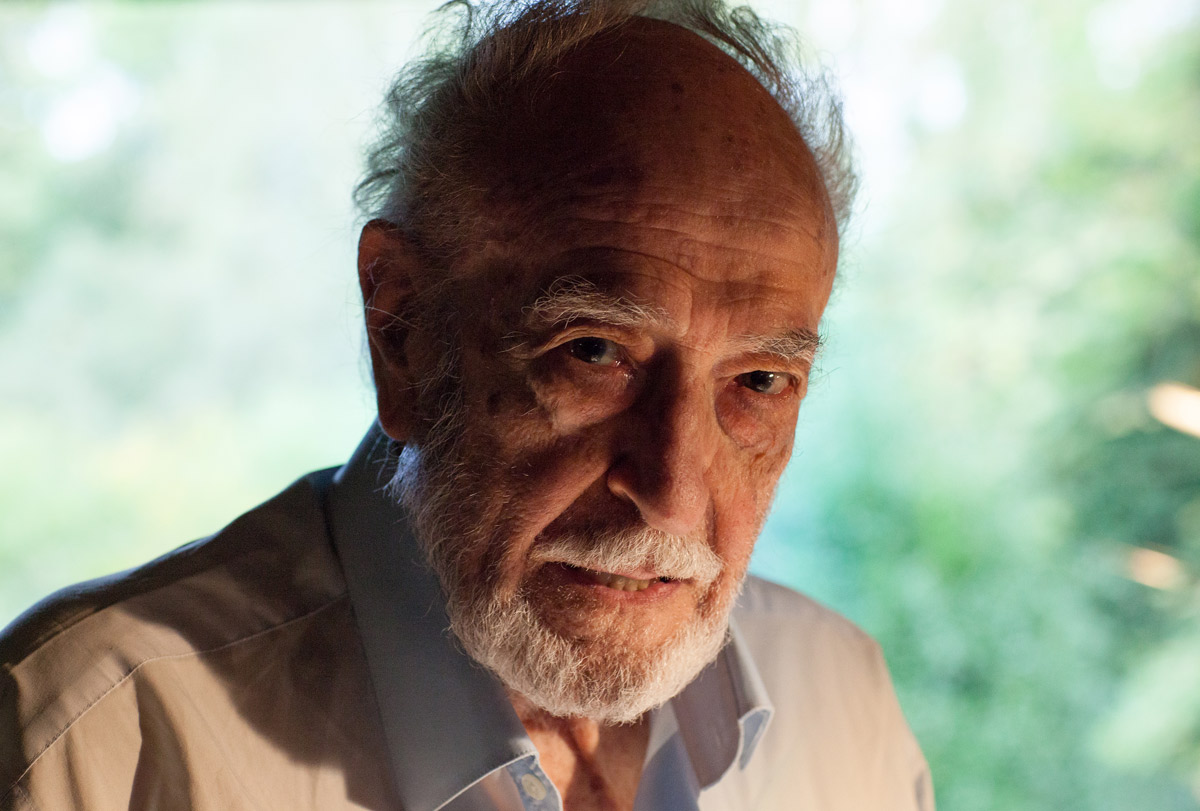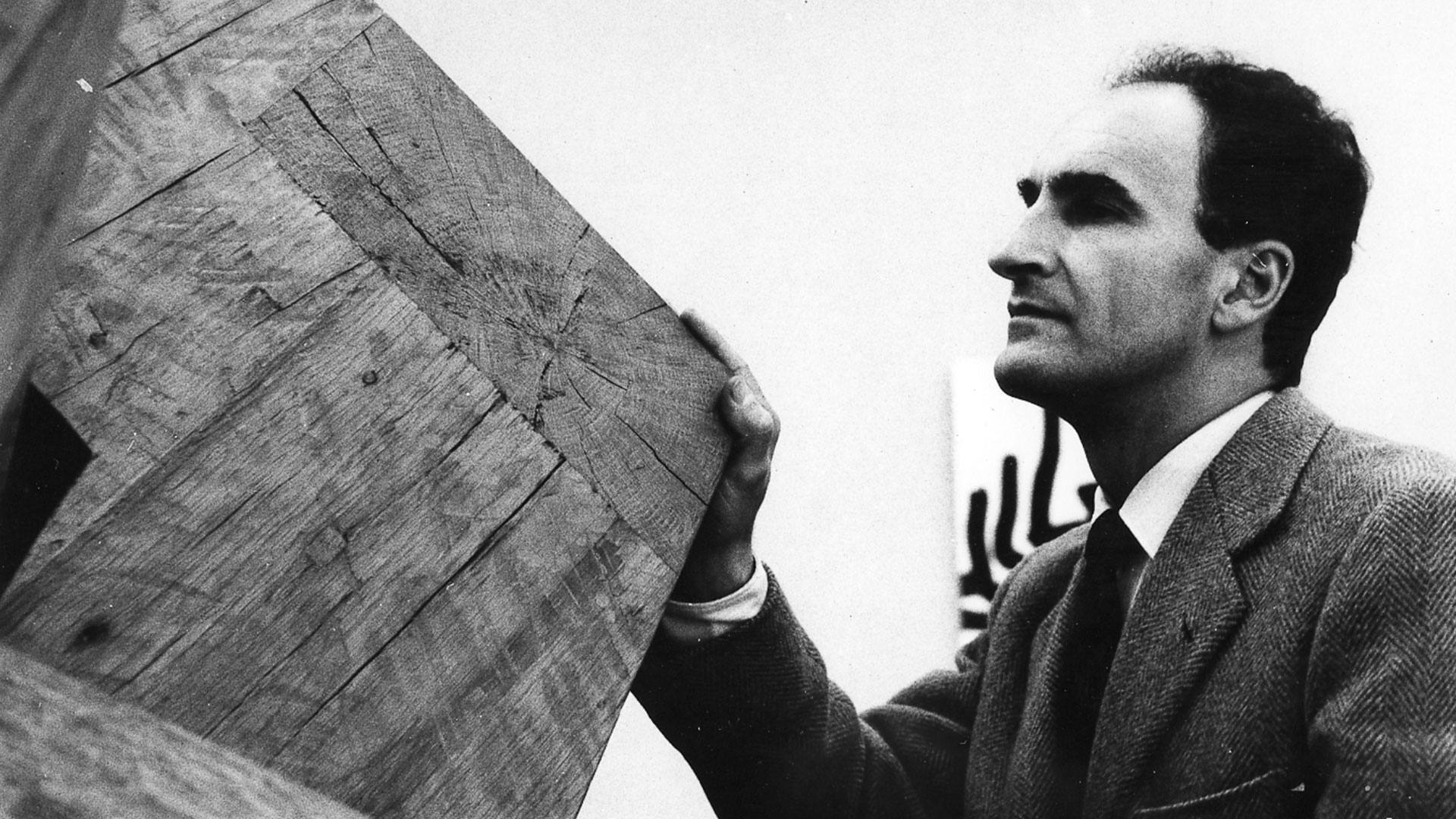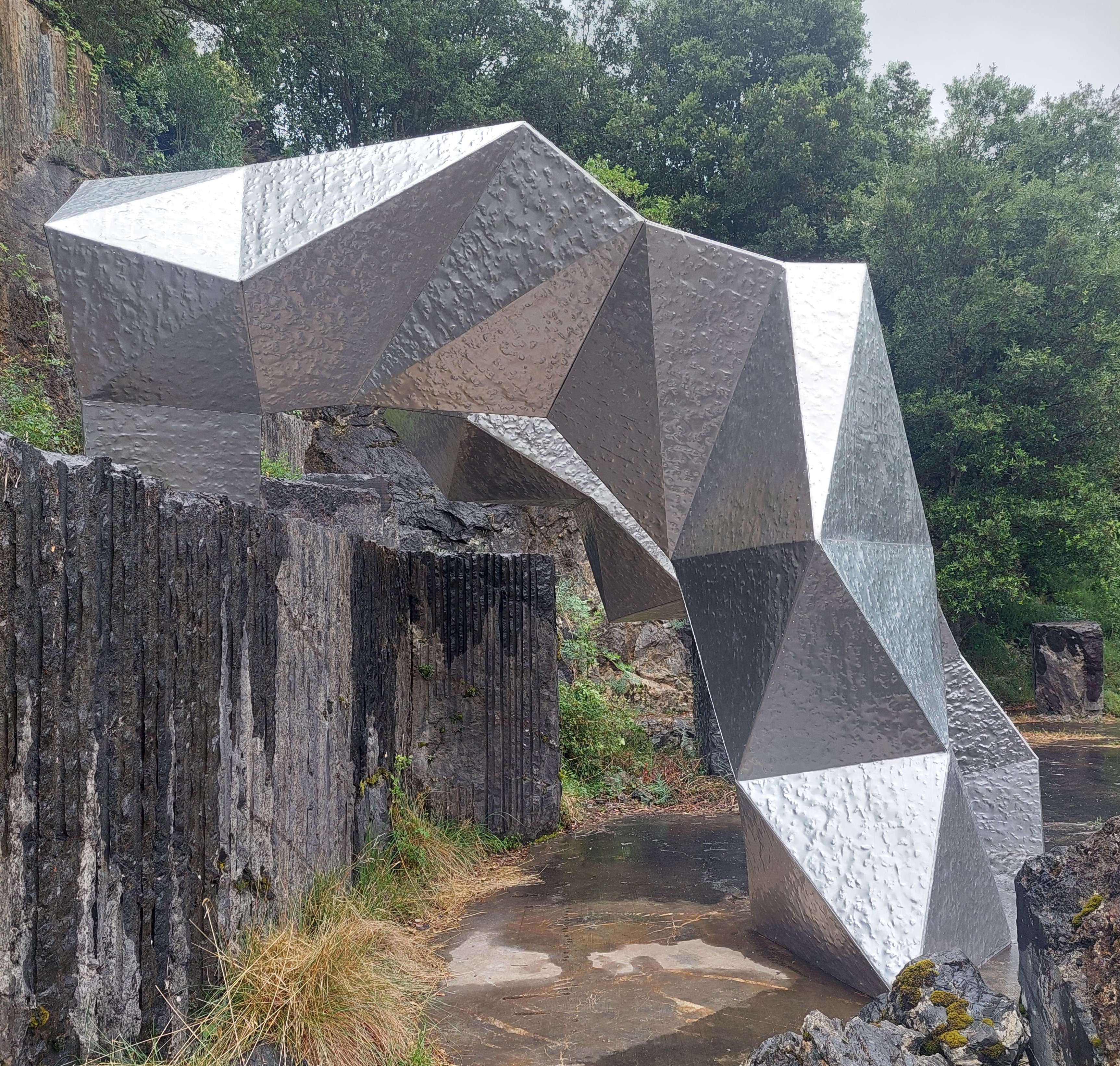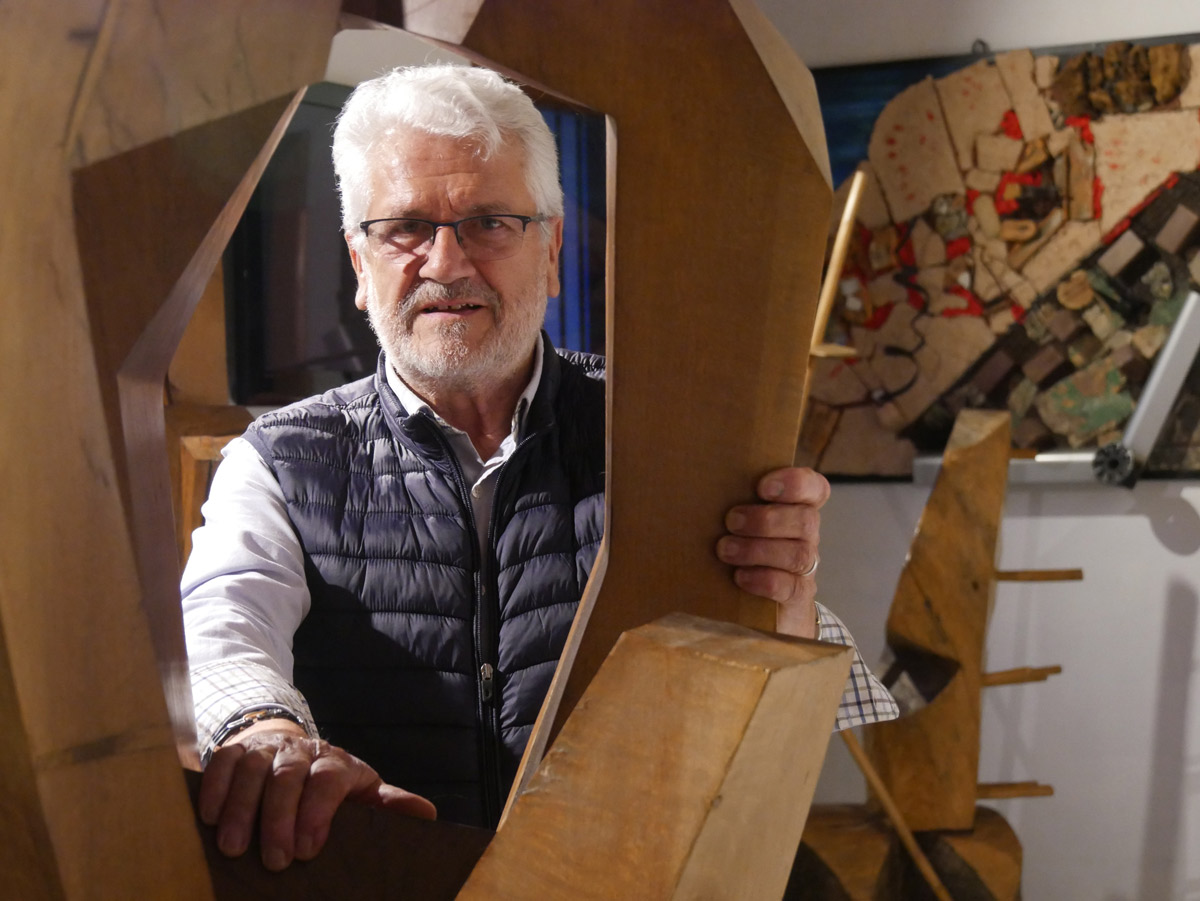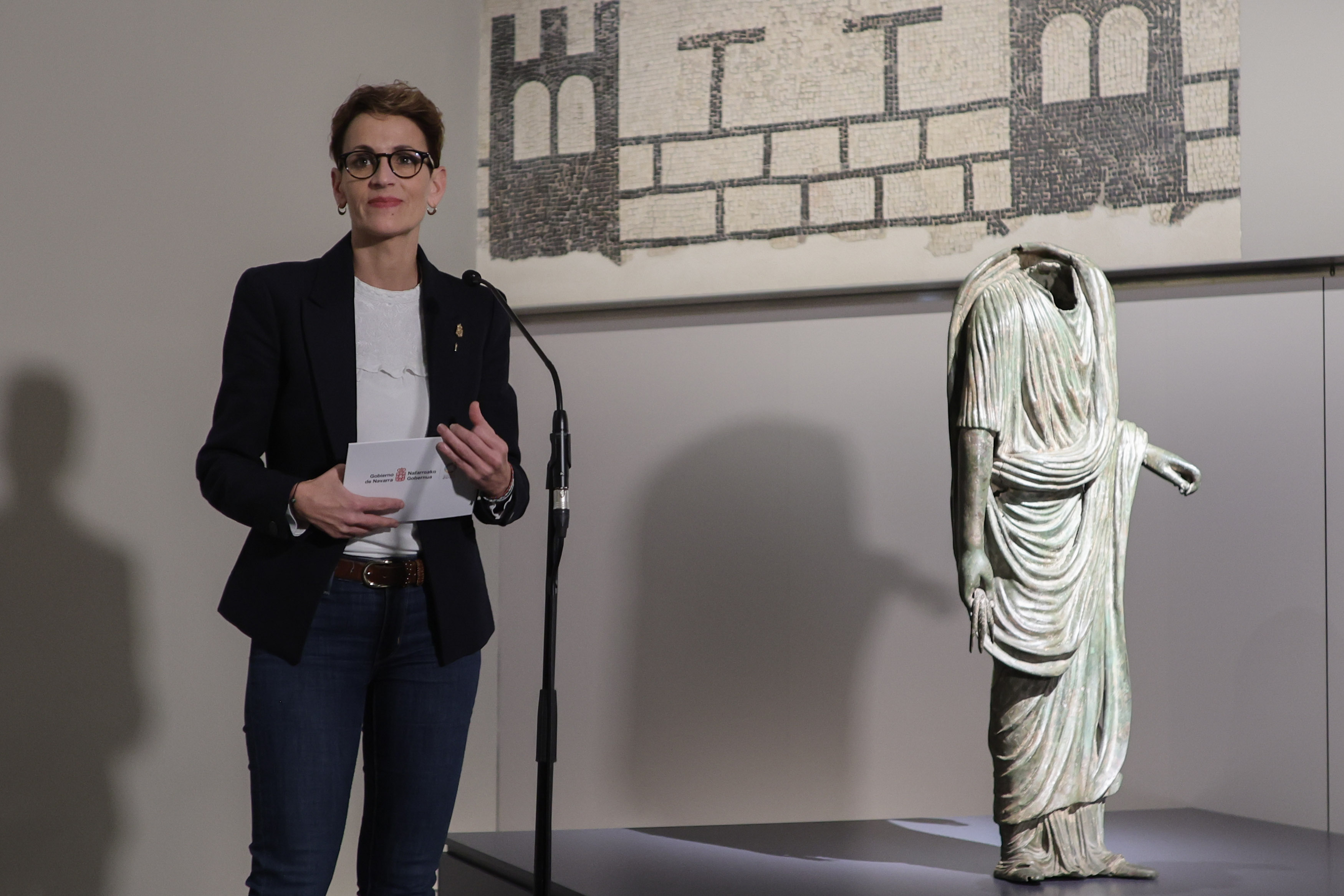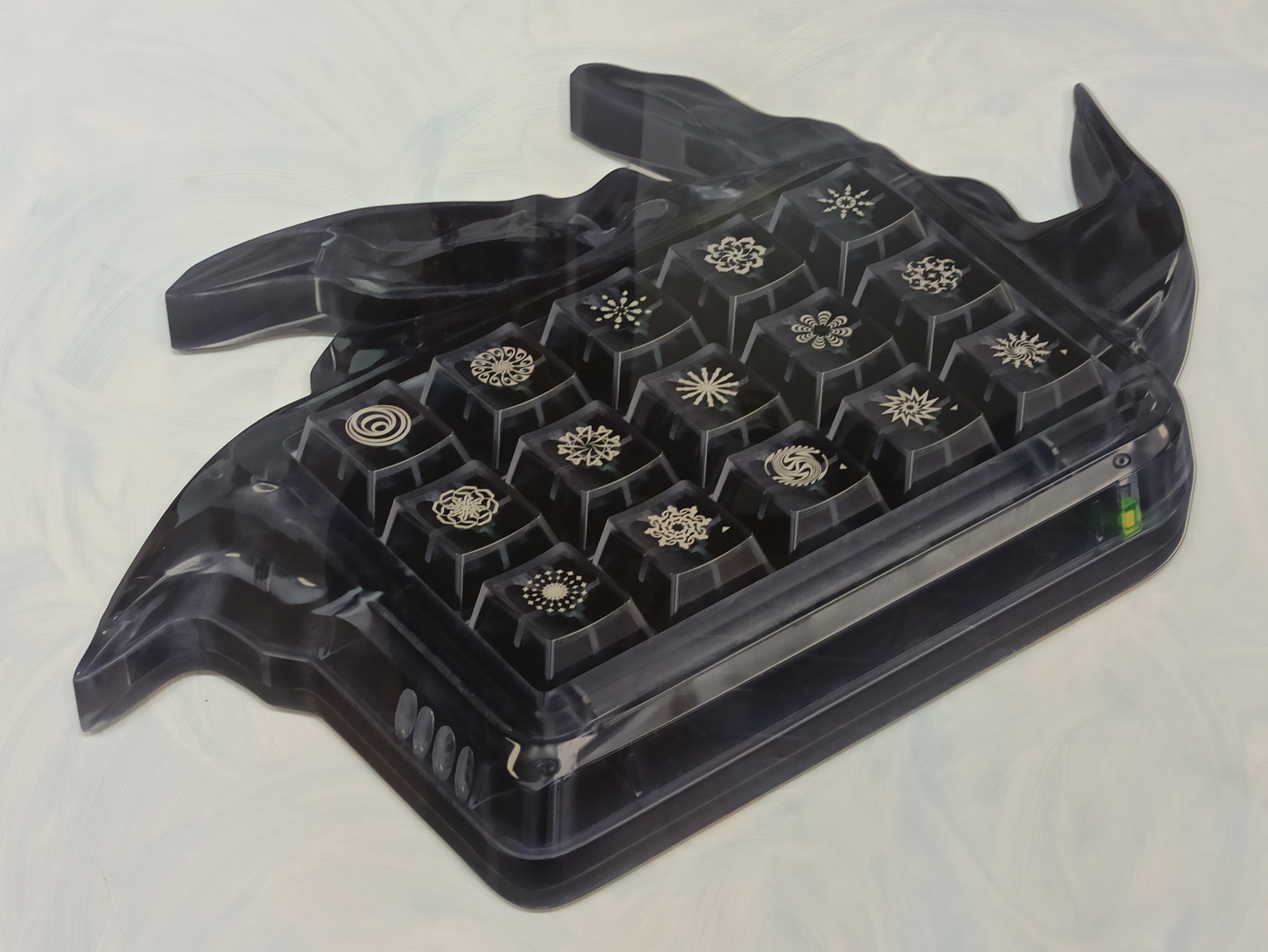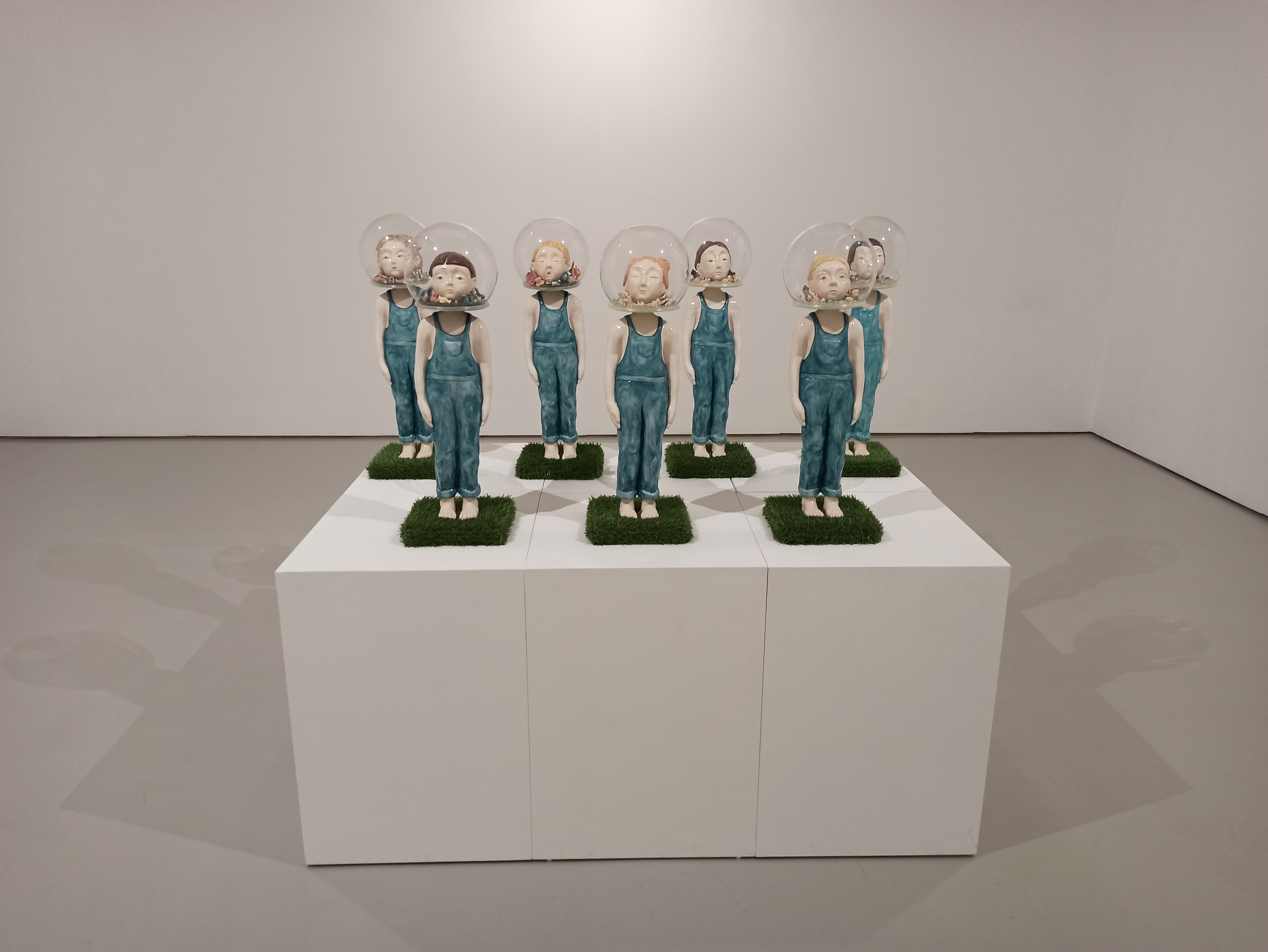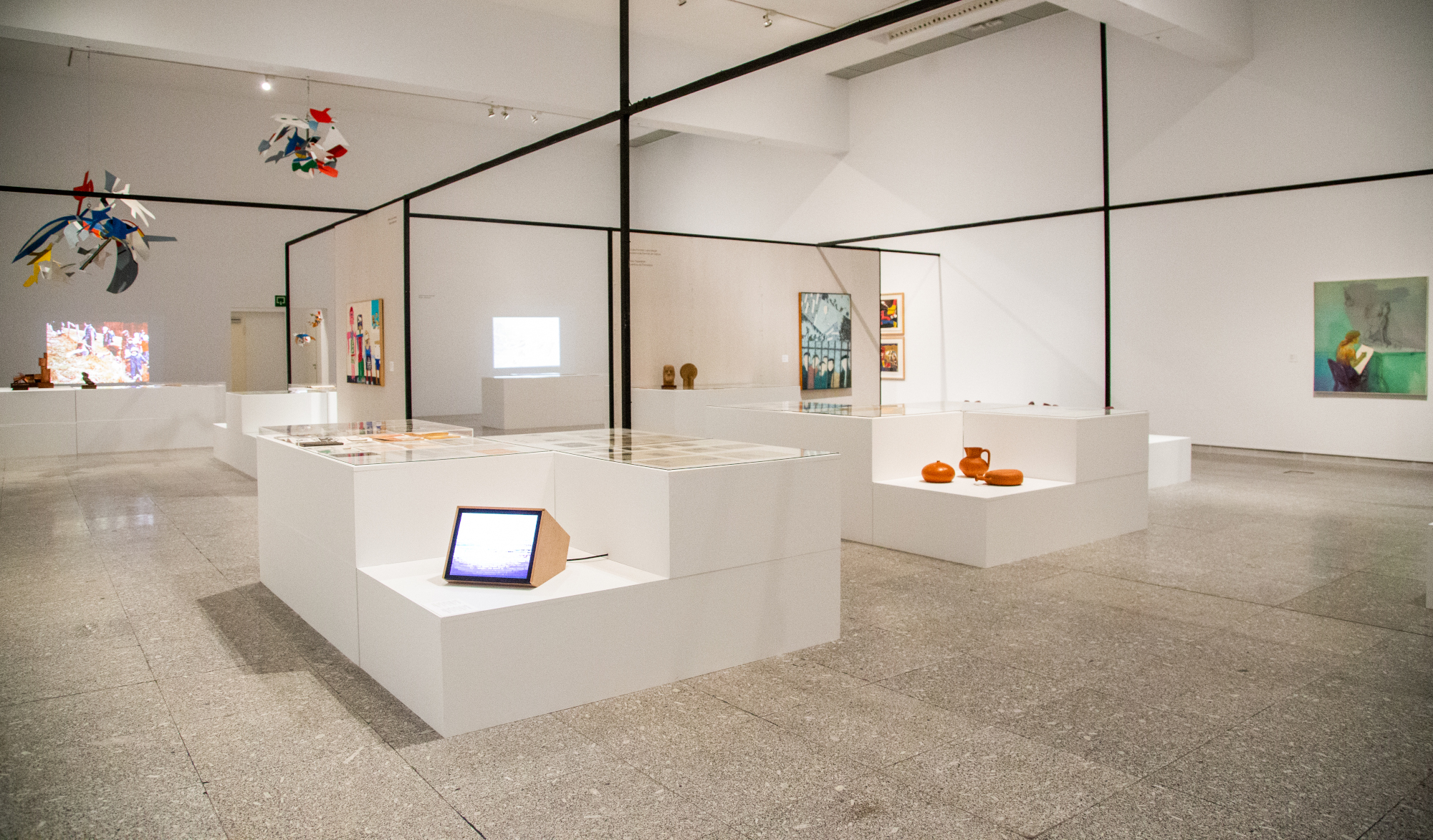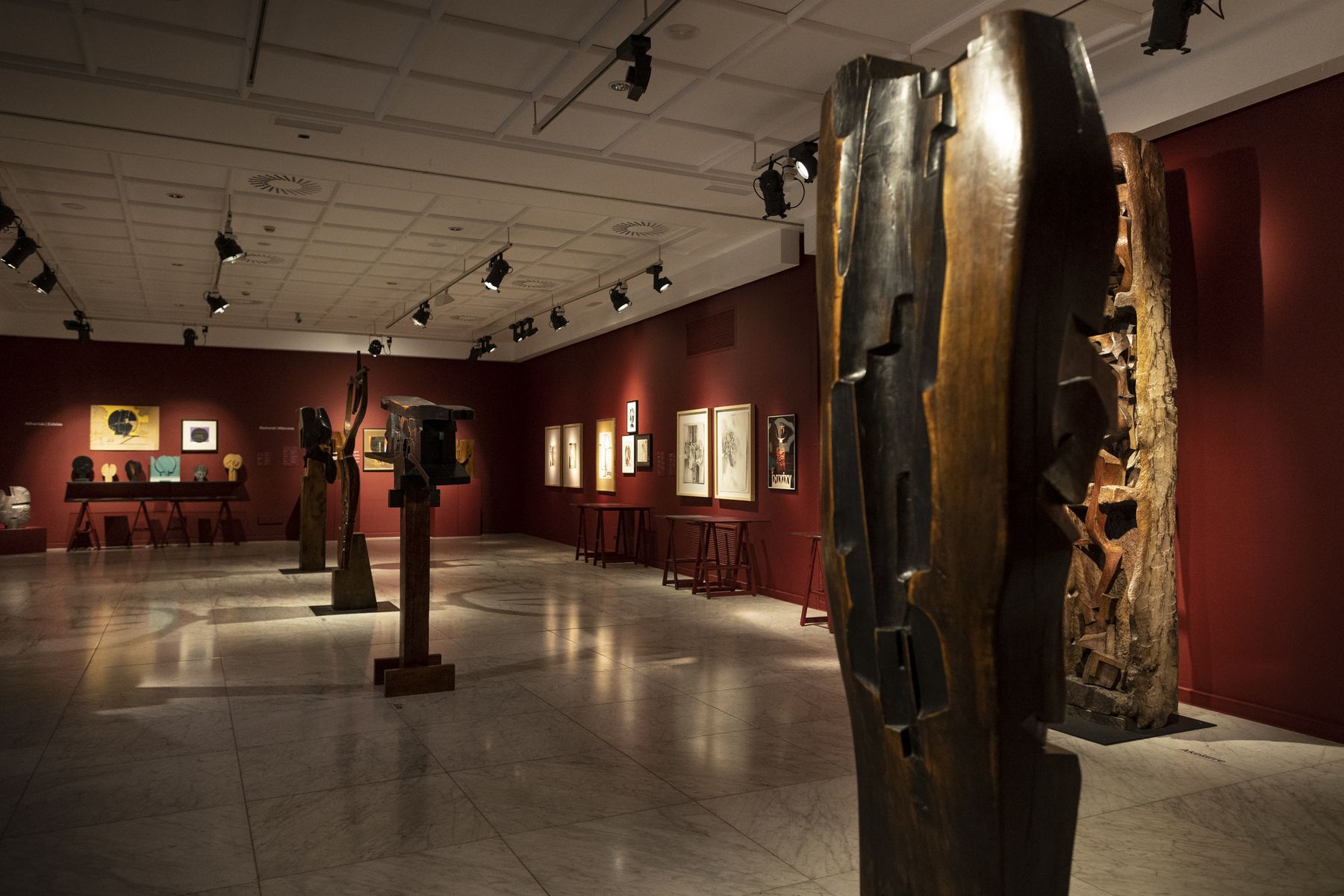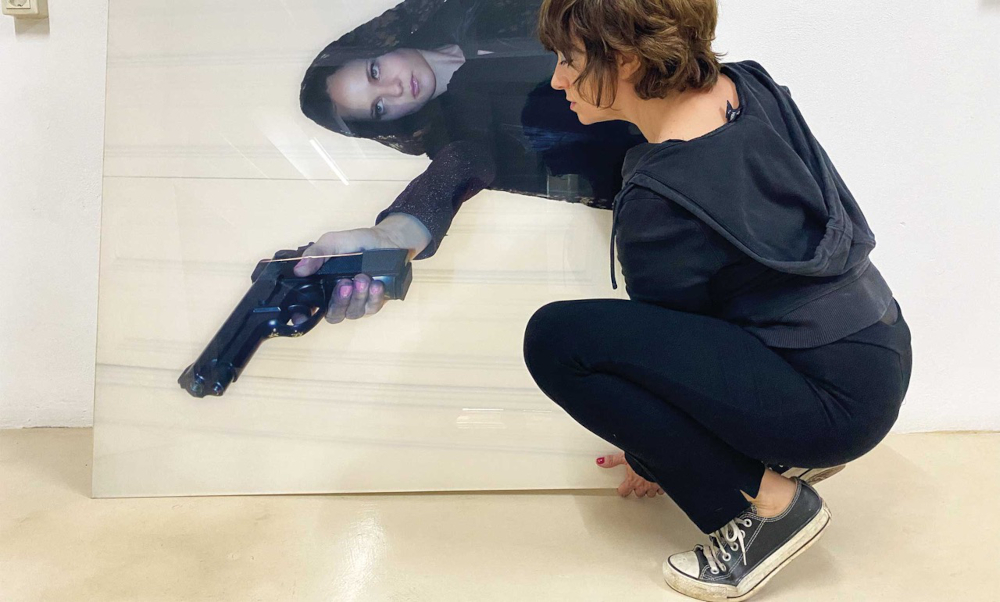Death of the Navarro sculptor Joxe Ulibarrena
- The Navarro sculptor Joxe Ulibarrena died this Monday in Uterga, at the age of 96, as a result of an illness. In recent years they have been spent in the residence of Beloso in Pamplona, but in the coronavirus crisis the family took him out of there and took him home from his youngest daughter.

"It's been the best decision we've ever made in our lives," their relatives say in this Tuesday's News Journal. -Because in the residence they left him in the street like a dog. Family members have pointed out that, after leaving the residence, their family members have been able to give the last care and farewell to the family.
Joxe Ulibarrena was born in Peralta (Navarra) on 25 January 1924. After studying at the School of Arts and Crafts in Pamplona, in Valladolid he spent three years in workshops of famous tallists. From there he went to Paris with a scholarship. After staying there for four years, he left to Venezuela, moving away from the exhausting atmosphere here. He was a cultural agent in the Basque Country Etxea in Caracas. Seven years later, in 1959, he returned and started the Pedro Mariscal Foundation of Navarre with his three older children. In 1964, the first ethnographic museum was opened in Berrioplano. Then, he lived with his second wife for several years in the sale of antiques in Alicante, performing decoration and sculptures work. They returned to Pamplona to serve the mother of Joxe, who was very old.
At the end of the 1980s he was transferred to Arteta (Navarra), where he worked in the production of sculptures, in the development of ethnological research and in the museum. Felix Urabayen, Esteban of Father Adobain, Prince of Viana, Raimundo Lanas, young singer, pelotari, laialari and the monument to the Battle of Noain de Salinas de Oro are some of his most famous sculptures. In addition, he published more than ten books.
Reyes Ilintxeta described in this interview carried out in 2011 for ARGIA: “The knowledge of the humble people, the knowledge developed over the centuries, the tools and devices devised for different professions, the auzolan and the neighbourhood, the characteristic character of the Euskaldunes, all that is what the brave and liberating sculptor of Peralta claims against modern society today.”
He who had the opportunity to visit his museum in Arteta would find him there as a guide and would soon find that he was a man with a lot of energy. In that interview, for example, he referred to what he told the President of the Government of Navarra, Miguel Sanz: “I once told Corella [Miguel Sanz]: 'Don't tell me that I have a great fondness for the things of the Basques, because you too have a Basque origin. Being so Navarro, do you know what the word Nabarra means? You do not even know that this is Basque. It comes from the naba word and means a flat and wide field. And you don't even know your mother's name. You are your mother’s son, nothing else, but if you want another mother that’s something else.”
Also the war of 36 had reached its bowels: “I was 11 years old when my father was killed in our house and when I saw how in the Castle Liver of Pamplona three young people – two boys and one woman – were fused. They fell on the ground. Only those who do not know do so. Those who don't know what they do. And then Sanz said, "Well, well, you see that you're a poet?" '”.
Here are some of the photos of Dani Blanco at that 2011 meeting:



Behin batean, gazterik, gidoi nagusia betetzea egokitu zitzaion. Elbira Zipitriaren ikasle izanak, ikastolen mugimendu berriarekin bat egin zuen. Irakasle izan zen artisau baino lehen. Gero, eskulturgile. Egun, musika jotzen du, bere gogoz eta bere buruarentzat. Eta beti, eta 35... [+]
On Monday afternoon, I had already planned two documentaries carried out in the Basque Country. I am not particularly fond of documentaries, but Zinemaldia is often a good opportunity to set aside habits and traditions. I decided on the Pello Gutierrez Peñalba Replica a week... [+]
The search, the continuous search for a path, implies discovering what we do not want or expect. An artist should feed this appetizing search if he wants to keep his spirit alive. Your career is also going to need a big head office. Looking for new ways, uncovering and expanding... [+]
I get contradictions in art competitions. On the one hand, they place artists and works of art within the dynamics of competitiveness, leaving aside the transformative and collective character of art and placing them within the mercantilist logics, but it cannot sometimes be... [+]
Eskuin muturreko ekintzaileei leporatu diete eskultura bandalizatu izana: Hau kaka euskalduna da idatzi dute frantsesez, eta Heil pepito agur nazia margotu. Jean-René Etxegarai auzapezak jakinarazi du salaketa jarriko dutela. Gainera, Frantziako Alderdi Komunistaren... [+]
In the Plaza de los Fueros de Vitoria-Gasteiz there is a new metal sculpture that welcomes the exhibition of Nestor Basterretxea (Bermeo, 1924 – Hondarribia, 2014). The exhibition brings together more than 300 works created by artists from different areas, such as posters,... [+]










